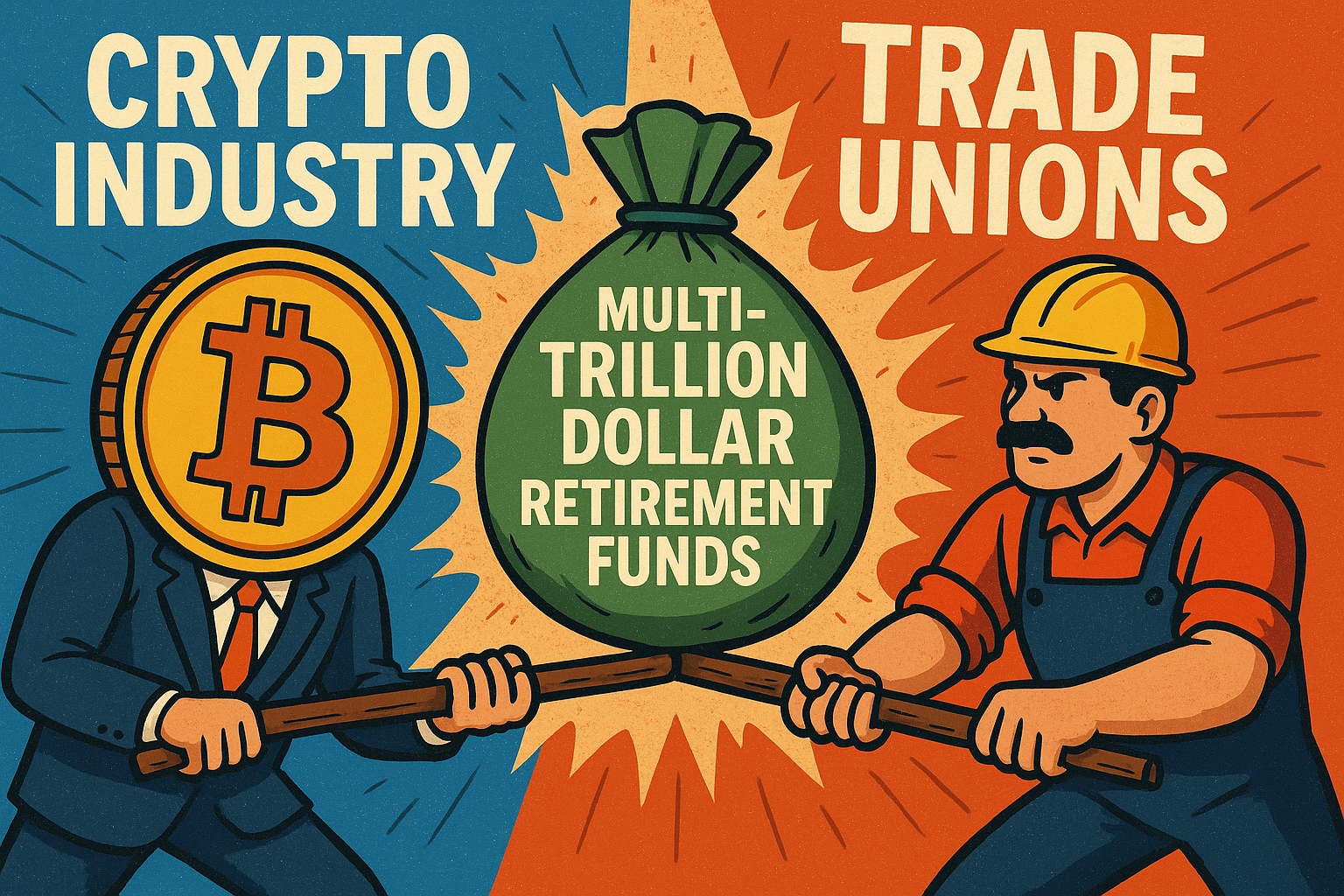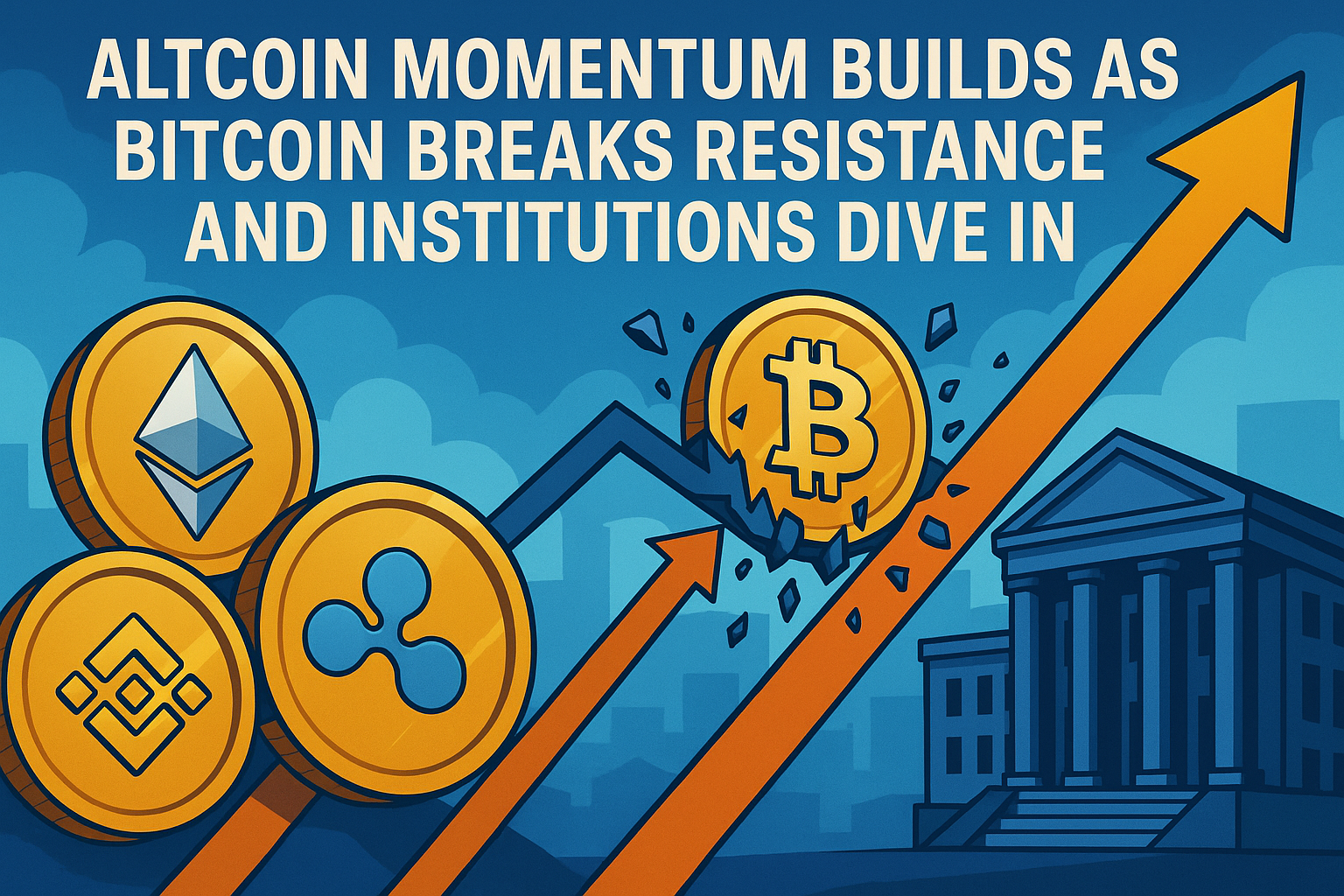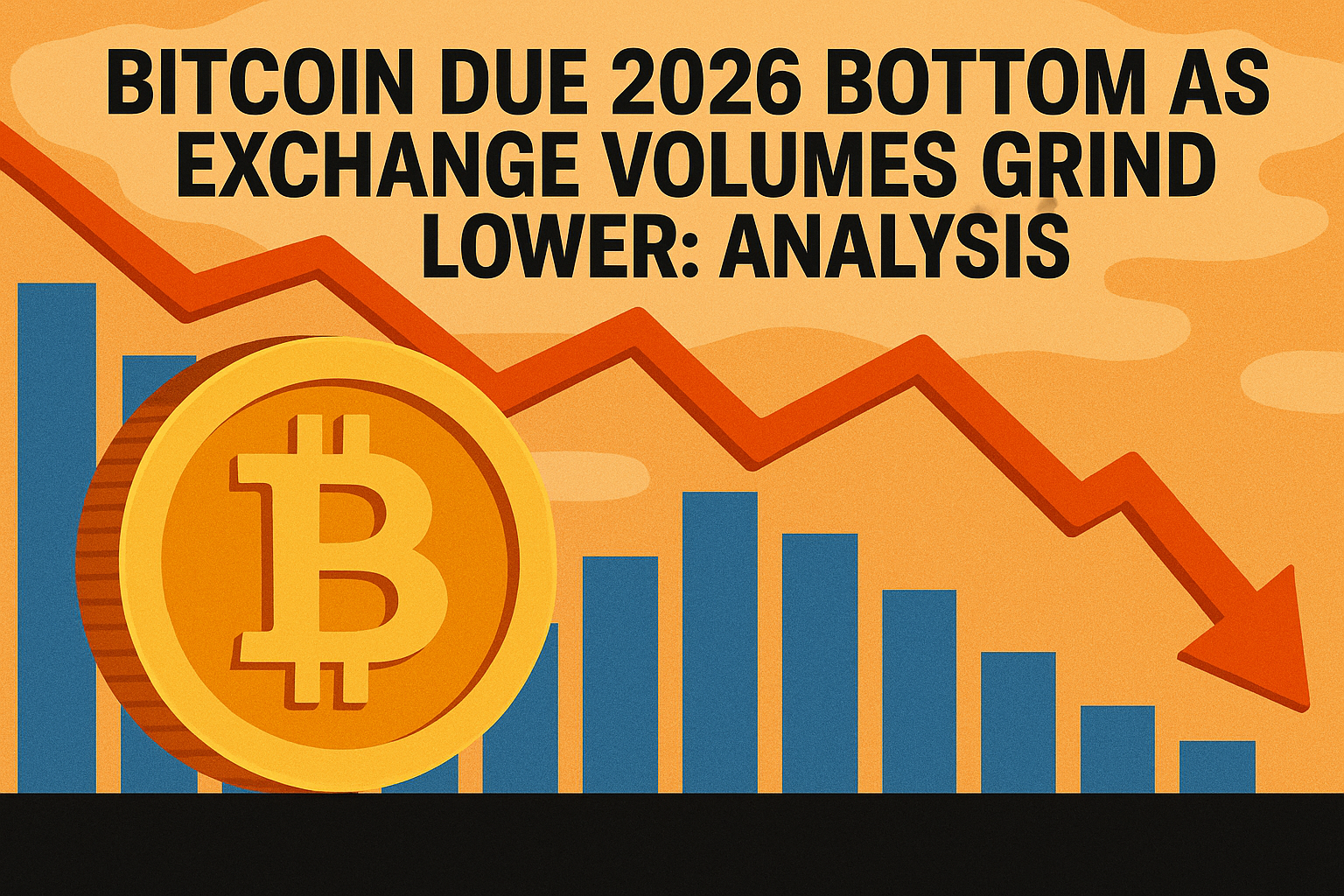Table of Contents
Welcome to The Financial Revolution
Decentralized Finance, or DeFi, has emerged as one of the 21st century’s most exciting developments. Over recent years, cryptocurrency has steadily gained in popularity and global significance, challenging the stuffy and conventional norms of the financial world. This article will delve deep into the significance of DeFi, exploring its role in this transformative era. We'll journey from the origins of digital banking to the burgeoning promise of DeFi, and by the end, aim to unravel the potential it holds for the future of crypto banking.
From TradFi to DeFi
Historically, our trust has resided in brick-and-mortar banks, institutions responsible for safeguarding our financial assets. With the dawn of the digital age, traditional financial (TradFi) institutions extended their reach into the realms of digital banking. However, the horizon promised a transformative change. By 2009, with the introduction of Bitcoin, the financial landscape underwent a seismic shift. Cryptocurrency didn't merely suggest a digital transaction method; it heralded a move towards decentralization, eliminating middlemen and their associated hefty transaction fees and overreaching powers for pure peer-to-peer exchange.
Consider Venezuela's scenario, a nation grappling with hyperinflation. As confidence in their traditional banks eroded and their currency's value plummeted, many Venezuelans found solace in cryptocurrencies like Bitcoin and Ethereum. Freed from exorbitant transaction fees and central authority whims, they leaned into the realm of peer-to-peer exchanges.
This tidal wave of change wasn't limited to one region. From Tokyo's bustling streets, where cryptocurrency vending machines became a sight, to South African coffee shops accepting Bitcoin payments, the global narrative became clear and strong.
Understanding DeFi Wallets
DeFi has been pivotal in reimagining how financial transactions occur. At the heart of this system lies the DeFi wallet, a tool that extends far beyond just storing cryptocurrency. But what exactly is it, and how does it differ from other types of crypto wallets?
At its core, a DeFi wallet is a digital tool, designed not only to store cryptocurrency securely but also to allow users to seamlessly interact with a wide array of decentralized applications (dApps) and execute smart contracts. These wallets serve as gateways, connecting users to the decentralized world of blockchain.
There are two primary categories of crypto wallets: hot and cold. A hot wallet, often referred to as a software wallet, is a digital wallet that's connected to the internet. It offers real-time access to your assets, making it ideal for regular transactions (for example MetaMask, or your Binance/Coinbase account). In contrast, a cold wallet or hardware wallet is a physical device, like a USB, that securely stores your crypto offline, protecting it from online hacks and breaches.
While the majority of people accessing DeFi would use a hot wallet, several popular hardware wallet brands such as BitBox and Trezor come replete with a software app companion which allows users to safely connect with the world of DeFi.
Popular examples of DeFi wallets such as MetaMask and Trust Wallet are primarily hot wallets, designed for web and mobile access. They enable users to send, receive, and store a wide variety of coins and tokens.
The true prowess of a DeFi wallet, however, lies in its multifaceted abilities. Beyond just transactions, these wallets offer users the ability to interact with various dApps across different blockchain platforms, engage in staking, provide liquidity in decentralized exchanges, and even participate in governance votes.

Benefits over Traditional Banking Accounts
While traditional banking systems are laden with bureaucracy, inefficiencies, and hidden costs, DeFi comes forth as a solution that offers a plethora of advantages:
- Transparency: All transactions are open and verifiable on the blockchain.
- No global boundaries: Conduct transactions worldwide without the usual geographical restrictions.
- Removal of traditional barriers: Bypass traditional banking systems and their cumbersome regulations.
- Permissionless transactions: No need for approvals or middlemen; transactions are peer-to-peer.
- Reduced costs: Fewer intermediaries mean fewer fees.
- Earning opportunities: Users can earn interest on assets through techniques like yield farming and liquidity mining.
- Adaptive to change: While traditional banks might resist new trends, DeFi is built on innovation and adaptability.
It's no wonder that centralized banks are feeling threatened. Reports continuously emerge of certain banks (particularly in the UK) barring customers from crypto transactions, highlighting their nervousness in the face of change. This in itself plays right into the hands of DeFi wallets, where you would never require permission for using your own money.
What Else Can DeFi Do?
When most think of DeFi, they imagine the basic mechanics of crypto transactions or perhaps even extending to staking. However, to stop there would be akin to describing the internet as just a tool for sending emails.
Take DeFi mortgages, for instance. The traditional mortgage system is marred by a slew of middlemen, each taking their cut, not to mention the inherent bureaucracy and the often-protracted waiting times. Enter DeFi, and the landscape transforms. Now, imagine securing a mortgage agreement directly on the blockchain. No intermediaries, reduced fees, and instantaneous verifications. More importantly, these agreements can be global. An individual in Australia could potentially secure a mortgage on a property in France, all powered by smart contracts that auto-execute once conditions are met.
Then there’s the mind-bending concept of self-repaying loans. Alchemix, a trailblazer in this domain, allows users to take out loans against their cryptocurrency assets. But here's the twist: using yield farming, the platform simultaneously invests the collateral, with the returns used to automatically repay the loan over time. In essence, you're borrowing from your future self, making the idea of a loan default almost obsolete.
But financial transactions are just the beginning. Consider DeFi-based identification systems. Imagine a world where your identity, along with critical documents like school records or property deeds, is securely encrypted on a blockchain. Not only would this make identity theft incredibly challenging, but it would also mean instantaneous verification of credentials, be it for job applications or university admissions.

Sounds Perfect, So Why Doesn’t Everyone Have One?
Up until this point, we have been lauding the capabilities of DeFi. With its ability to democratize access to financial tools, the potential for DeFi to change the global financial landscape is monumental. Yet, it stands at the cusp of its own destiny, grappling with challenges reminiscent of its traditional predecessor, TradFi, and some novel problems of its own.
While myriad challenges emerge, one stands out: the user experience. Presently, navigating the DeFi realm demands not just technological proficiency but also an interest in its intricate workings. The initial steps — be it downloading tools like MetaMask, setting up your first wallet, or converting traditional fiat to digital assets — can be daunting to the uninitiated. Until DeFi platforms can mirror the intuitive interfaces of mainstream banking apps, or until there's a sweeping wave of education that demystifies the domain for the masses, true mainstream adoption could remain an elusive dream.
TradFi's Shadow on DeFi:
The world of DeFi, though heralded as the new frontier, is not untouched by the echoes of TradFi. Paradoxically, certain established behaviors, especially the pursuit of short-term gains and inequitable practices, have found their way into DeFi's core operations. Such tendencies not only undermine DeFi's foundational ethos but also evoke memories of wealth disparity and environmental issues attributed to TradFi. The DeFi community, at this critical juncture, must introspect and realign its compass towards a more sustainable and inclusive financial ethos.
Key Infrastructure Gaps:
For DeFi to establish its reign, it needs to evolve in tandem with genuine financial necessities. Some of the key steps to take include:
- Instituting a credible Crypto Credit Scoring system to discern borrower profiles: This would supercharge the peer-to-peer lending abilities using dApps and smart contracts.
- Navigating global regulations with compliant business models: While DeFi's heart beats with the spirit of decentralization, the reality of global regulations cannot be ignored. The journey ahead may require revisiting certain business models and finding a harmonious coexistence with regulatory frameworks.
- Ensuring seamless integration with the traditional financial world, inviting more users into the fold: It has to become easier for DeFi users to bridge their fiat currency (GBP, USD, EUR etc.) into cryptos such as Bitcoin or Ethereum
Trust: The Achilles' Heel:
The volatile landscape of DeFi has made trust a scarce commodity. Two prime culprits here are the complex user experience, demanding a steep learning curve, and the looming shadow of regulatory uncertainty. Add to this mix the barrage of security breaches, and you have a potent concoction deterring mainstream acceptance. To change this narrative, a multifaceted approach is needed: comprehensive user education, clearer regulatory frameworks, and unwavering commitment to cybersecurity.
A Look Ahead
DeFi's transformative potential is undeniable, but its journey to mainstream acceptance is paved with hurdles. As DeFi matures, bridging infrastructural gaps, dispelling trust issues, and fostering collaborations with traditional finance institutions will dictate its trajectory. The vision? A decentralized financial paradigm where DeFi doesn't just coexist but thrives alongside TradFi, shaping a more inclusive financial future.





